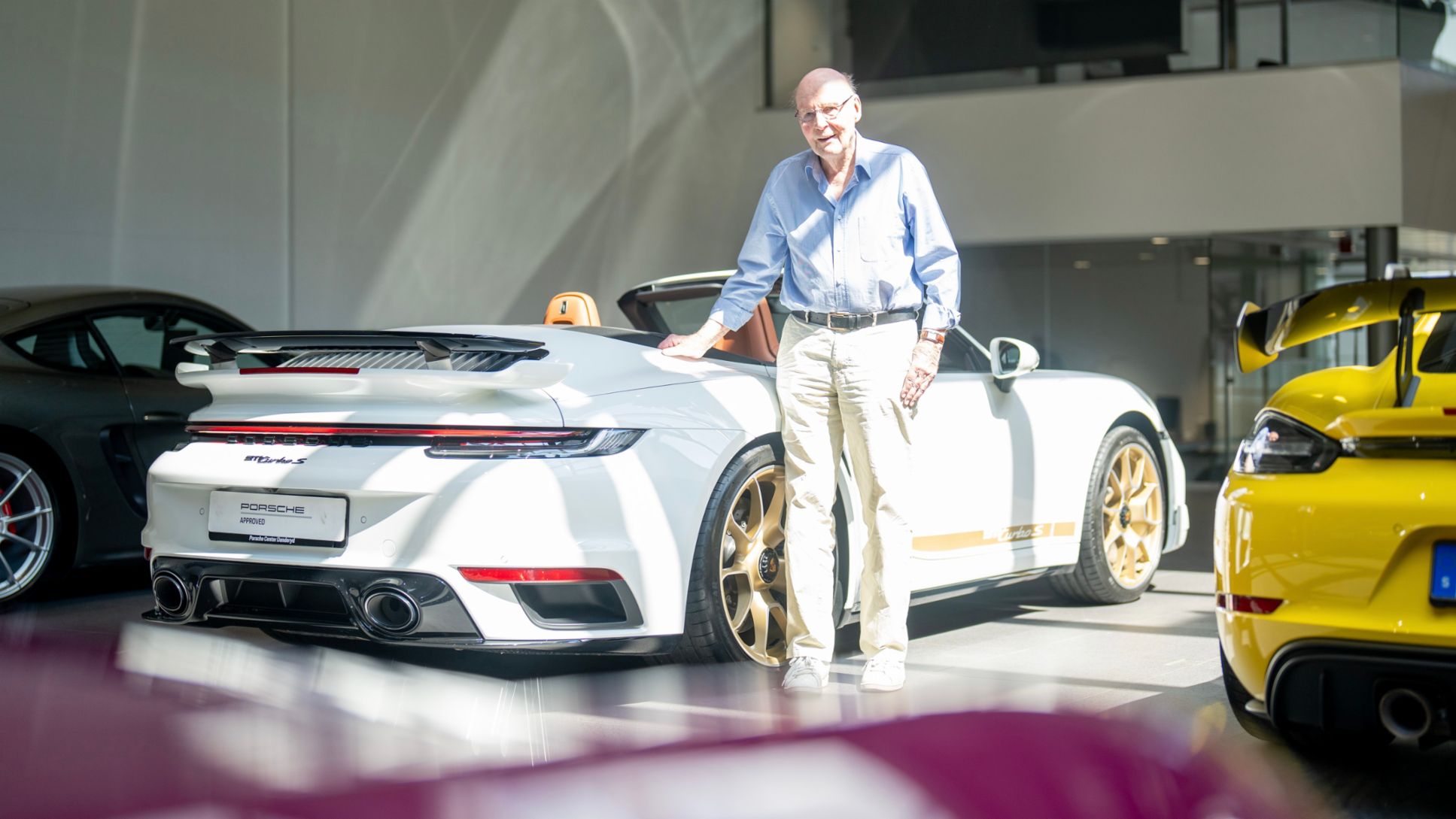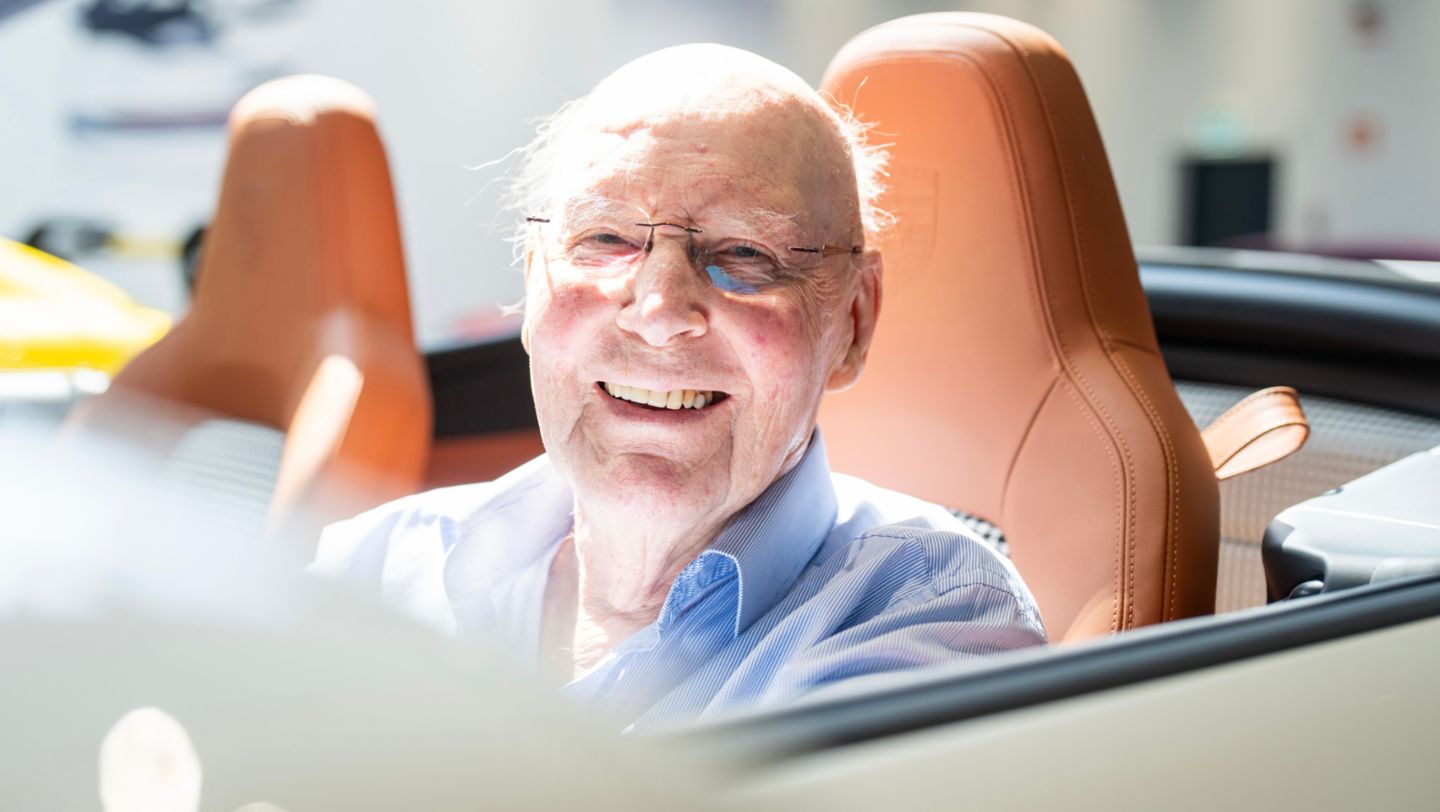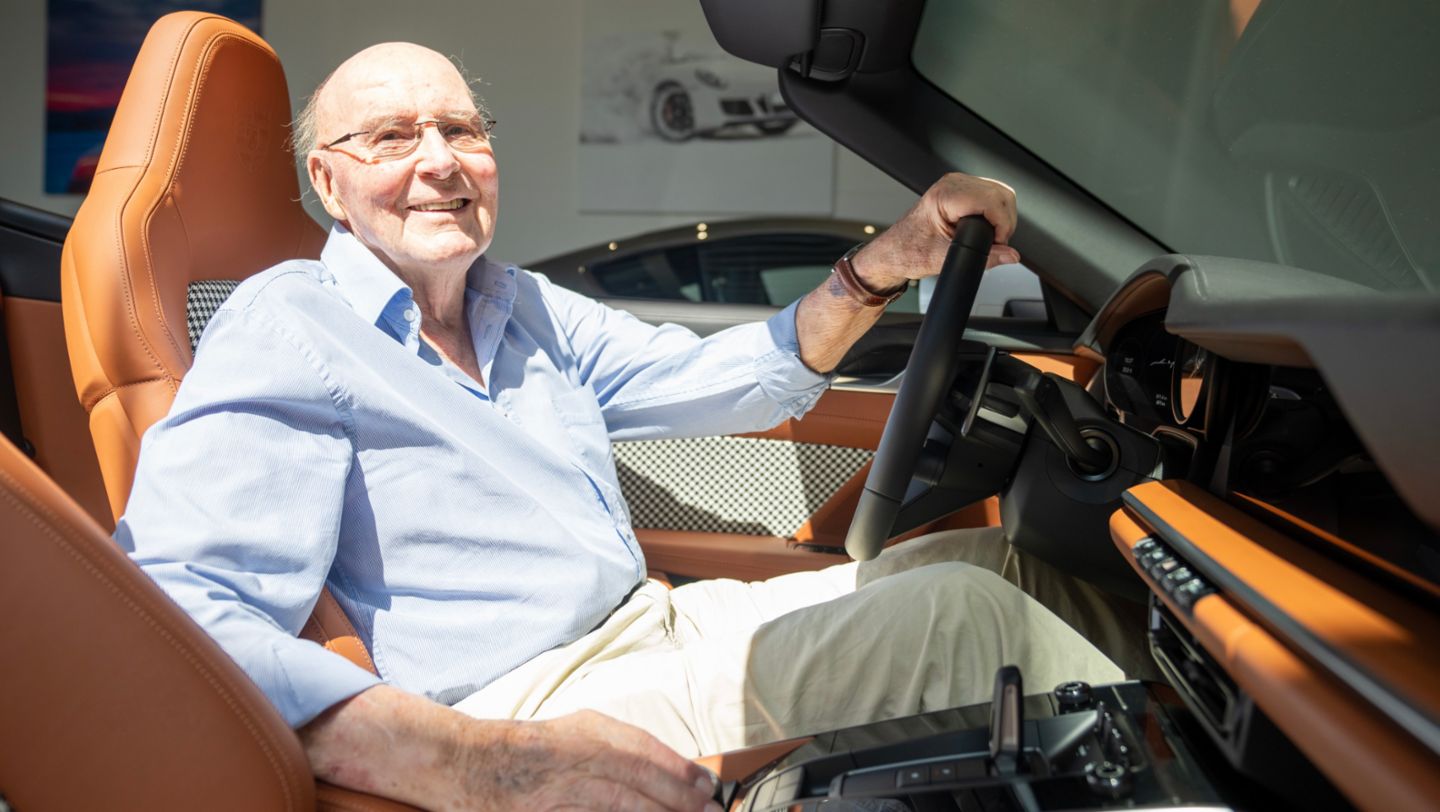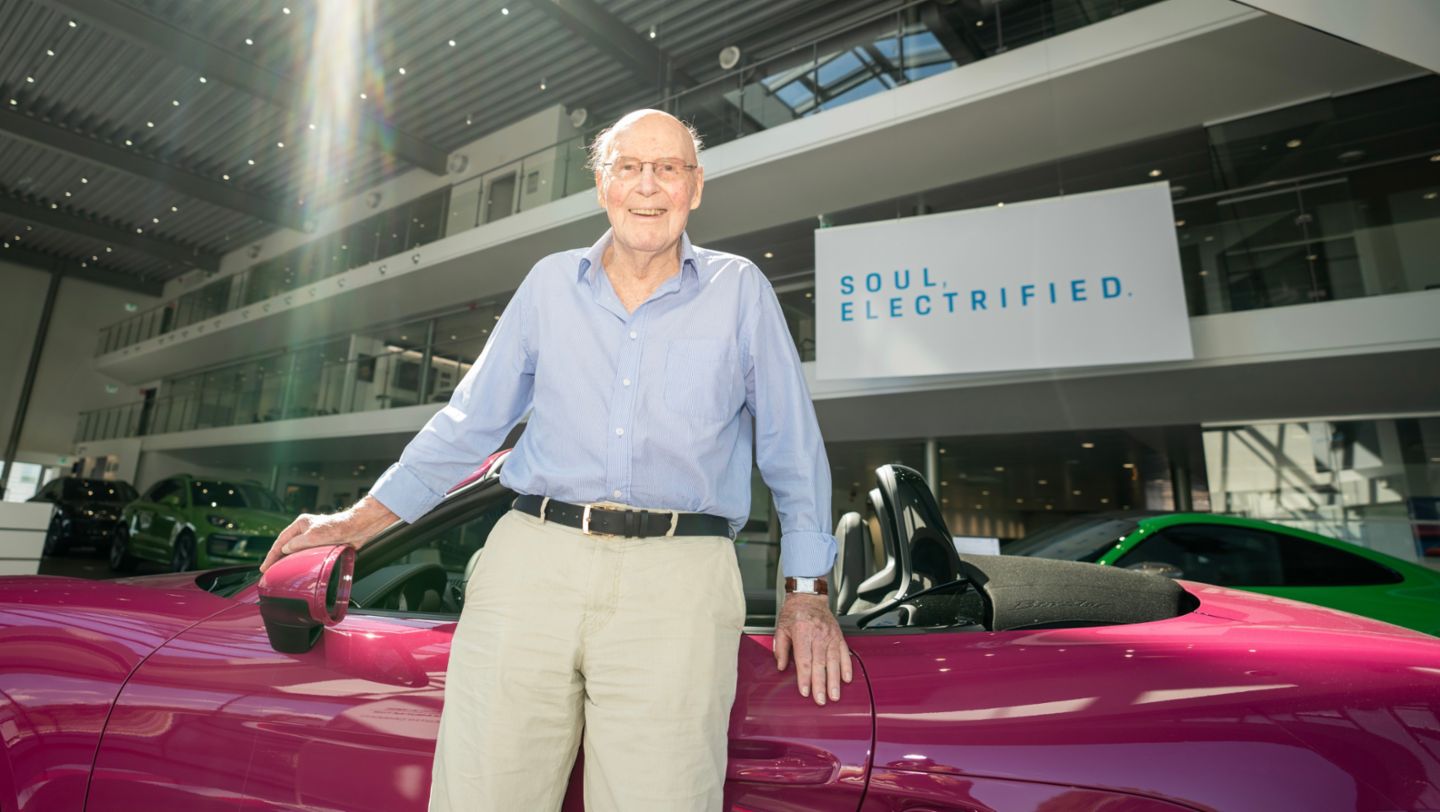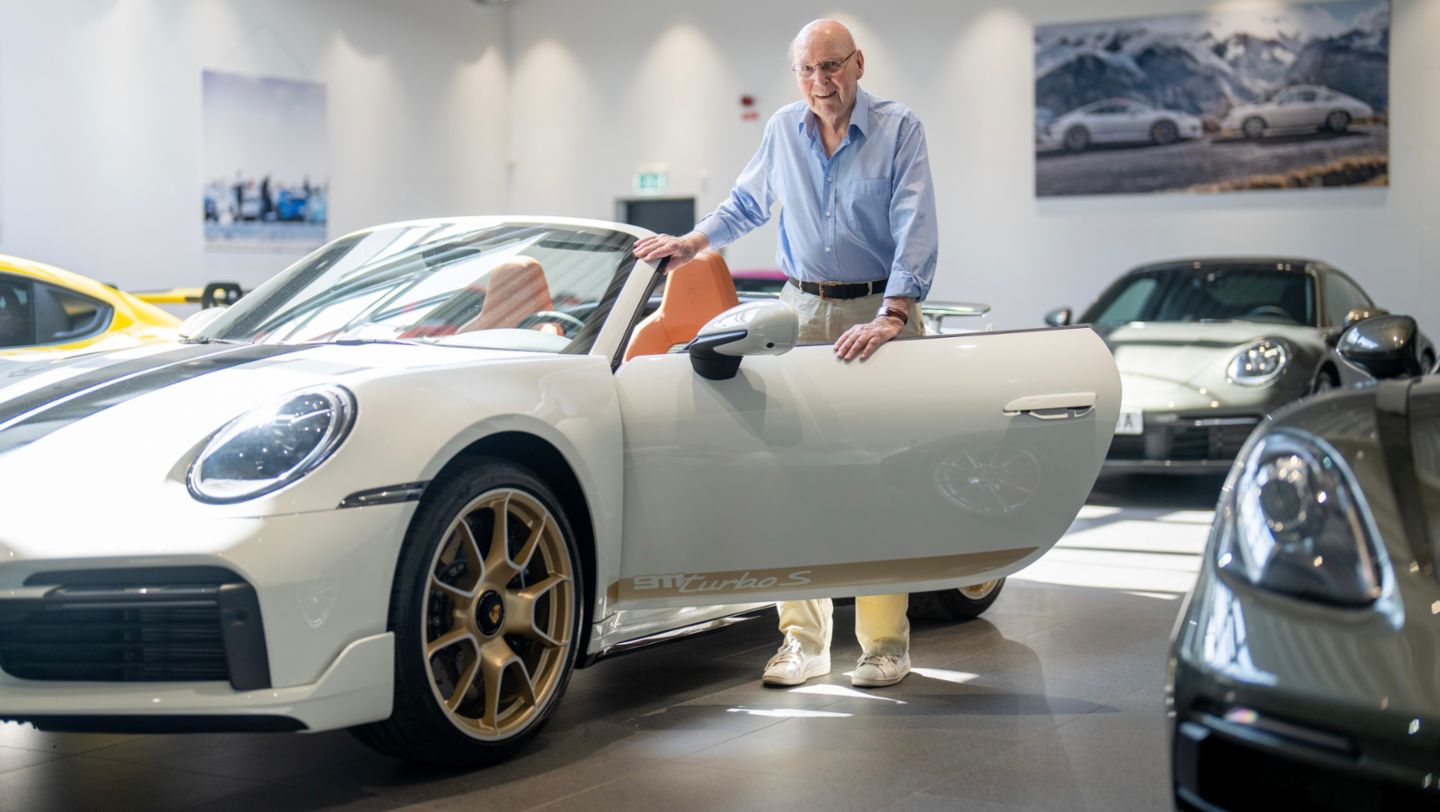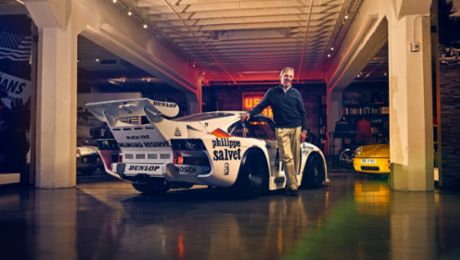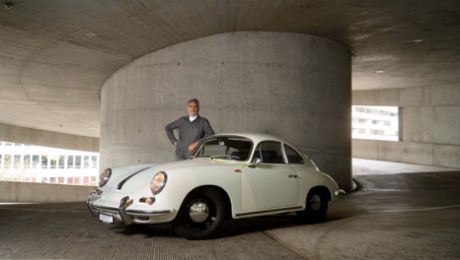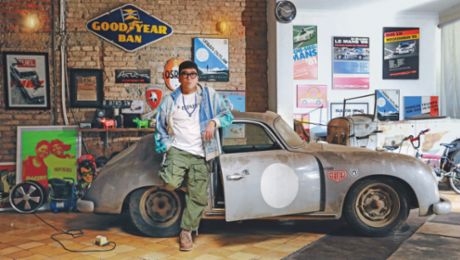Walking the streets of Stockholm in the early 1950s, the casual observer would have seen a curious mix of cars, with newly designed domestic models from Volvo and Saab rubbing shoulders with early Volkswagens and the pre-war Americana that was still the norm for many wealthier Swedes. What they would not have seen, at least beyond the doors of a single, small showroom in Lindhagensplan, was a Porsche.
That was all about to change, however, thanks to one young man with a gift for making friends and a life-long love of sports cars. Per Anders Ygberg had recently left the military and without any formal education, found himself looking for a career. Sweden in the early 1950s was a land of opportunity. Neutrality during the Second World War had left the country cash rich and ahead of the industrial curve, and Ygberg was ready to make the best of it. He applied for a sales job at a franchise selling Volkswagens and in 1954 began trading in both the economical little Beetle and its little-known sporting cousin, the Porsche 356.
“I was totally inexperienced,” Ygberg recalls with a laugh today. “I’d been in the military as a conscript until then and had never had a job. But I managed to get one of three places being offered by Volkswagen to sell their cars in Stockholm. In my first year I sold 250 Volkswagens and 25 Porsche. At the start, no-one else was interested in this peculiar car with the engine in the wrong place, but after the war, Sweden had money, so it was natural for Porsche to work here. Something like half of the first 50 Porsche 356s made were sold in Sweden.”
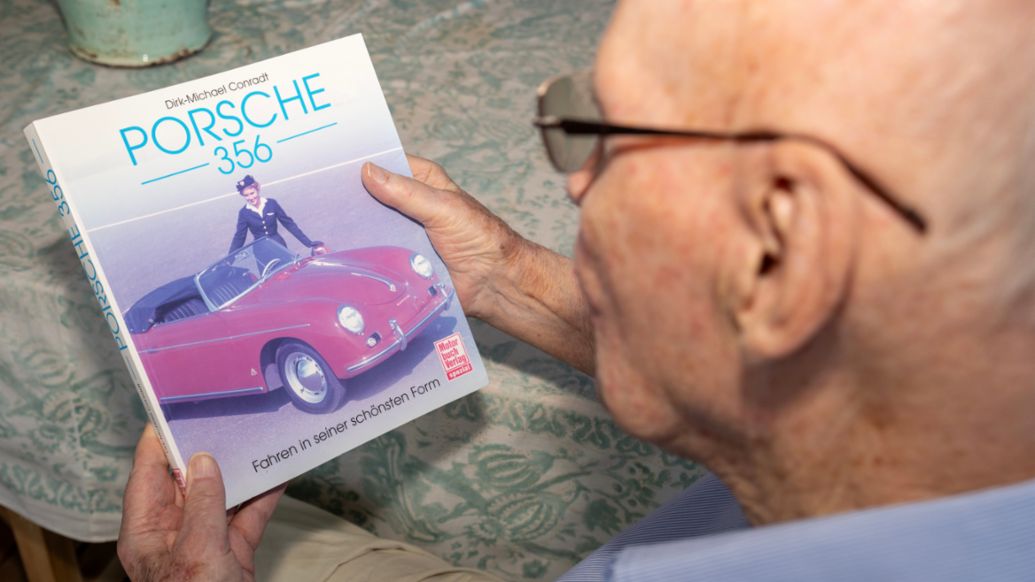
Ygberg ploughed a lonely furrow for several years, selling this exotic, niche model to a small handful of enthusiasts, many of whom would become good friends of the eager and easy-going 25-year-old. One customer bought 20 different 356 and 911 models over the years, each one from his trusted and increasingly well-known Stockholm supplier.
“Most people really didn’t understand the 356 because it was totally new,” Ygberg explains. “Everything else was square, like a box, but the Porsche company had designed a car with these beautiful organic lines that spoke to the hearts of people. And Porsche customers weren’t interested in luxury or prestige, they just wanted to enjoy driving.”
Porsche's sole emissary in Sweden
As Porsche’s sole emissary in Sweden, Ygberg was introduced to a diverse and inspirational range of customers, from architects and engineers to artists and musicians – one of his first clients was the director of the Royal Swedish Opera. And as Porsche began to make a name for itself among Swedish high society, it began attracting the attention of the country’s royal family, and Ygberg soon found himself delivering cars to the heir apparent, Prince Bertil, for demonstration drives.
“Sometimes they would ask me to come up to the castle with a new model to try out,” he says. “The prince and his friends loved Porsche and he always wanted to be the first to know about the new models and it was my job to supply him with that knowledge. But when we were out driving them he was just like any other Porsche guy. No different at all.”
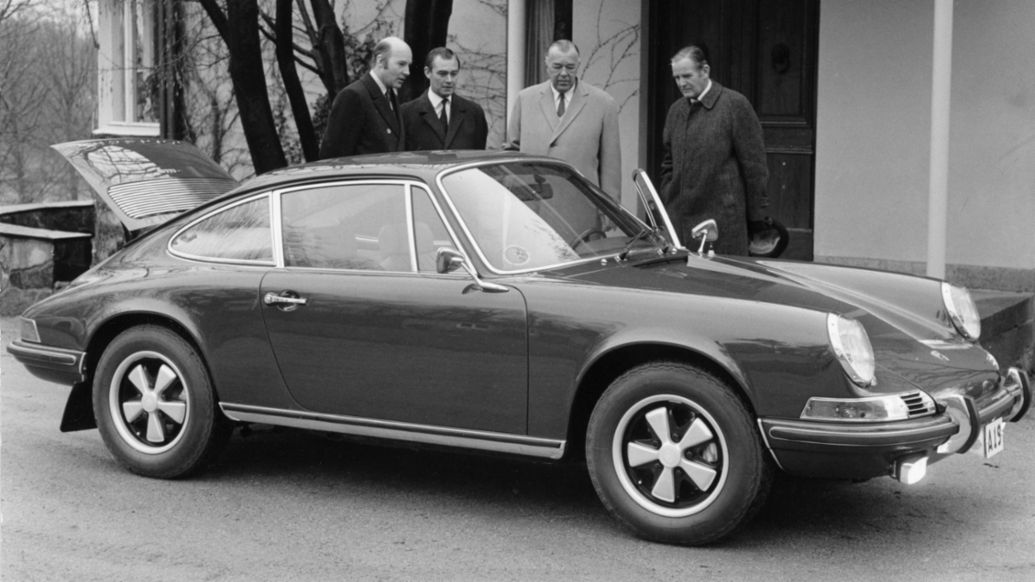
However, by far the most important relationship Ygberg enjoyed through a shared love of Porsche was the one he would have with his wife. “We first met when she was 12 and I was 14,” he says. “My father was a doctor and she was killing time in the hospital he worked in. We became close friends in those two hours.”
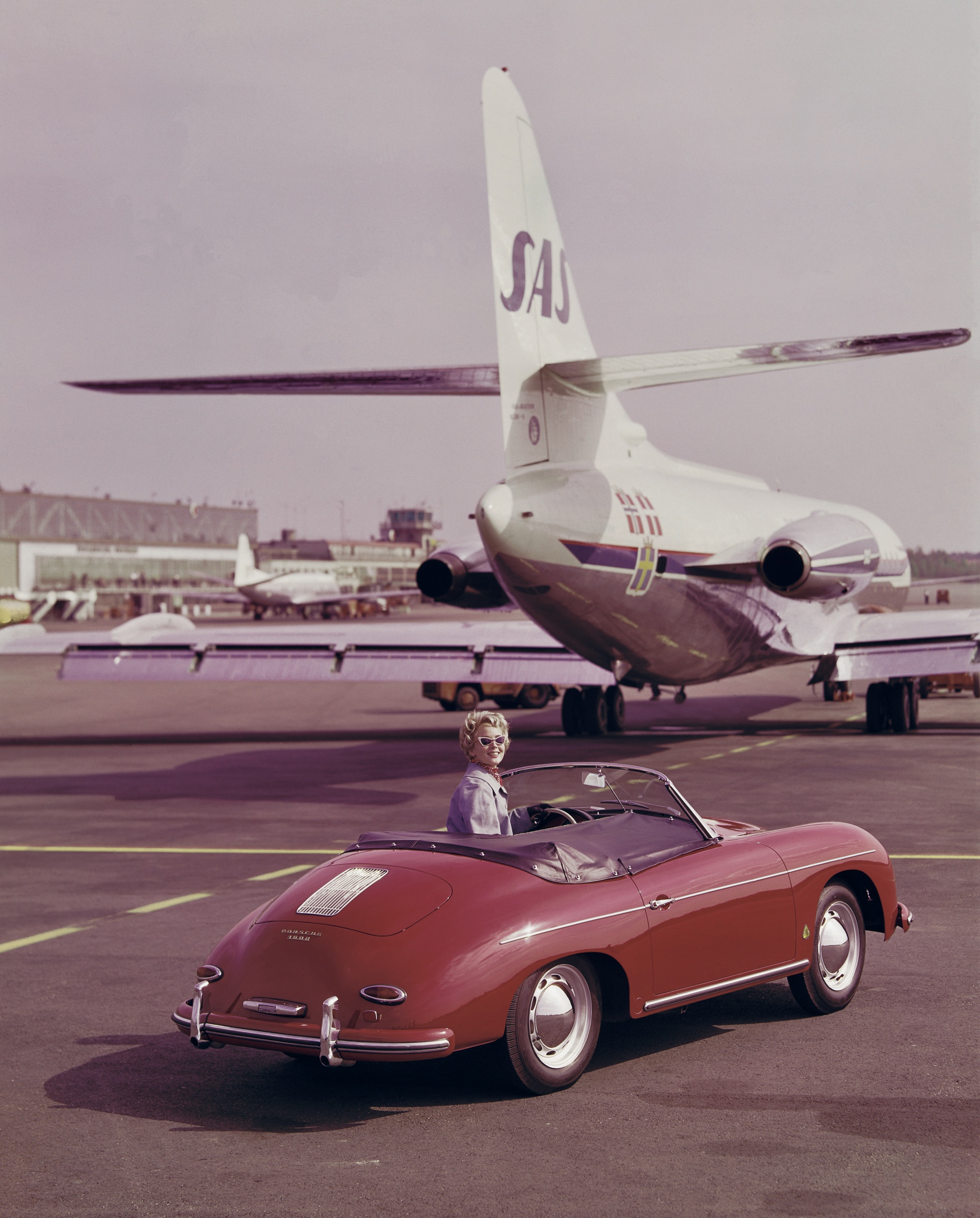
Their bond would be temporarily broken when Karin was offered a scholarship to study in America. She subsequently returned to Europe to work for Radio Geneva and SAS, the Scandinavian airline, where for two years she drove Porsche models as her company car and even featured in promotional material with her own beloved 356.
“She was an extraordinary person,” Ygberg says. “She almost married a cousin of the Queen of England, but decided she wouldn’t cope with that sort of life, so she came back to Sweden and asked what I was doing. Our mutual friends told her I was selling Porsche cars and her eyes lit up. She told them to call me immediately. I came over and after a few seconds we were close again forever. We were married for 68 years.”
Friendships come first
Gazing at the photo of Karin and her 356, it is Ygberg whose eyes are now alight. “The car is mine, and so is the girl,” he quips. “It’s hard to believe I had so much luck in one lifetime. I still think the Queen’s cousin would have had some advantages over a Porsche salesman.”
Ygberg has an interesting take on the idea of selling Porsches – that friendships come first, a purchase a distant second. “I just waited to hear them say yes,” he says, “and sometimes it took years, but eventually they were all bitten by the bug. It makes me think of Hotel California by The Eagles. There is that famous line: ‘You can check out any time you like, but you can never leave.’ It’s just the same with Porsche.”
